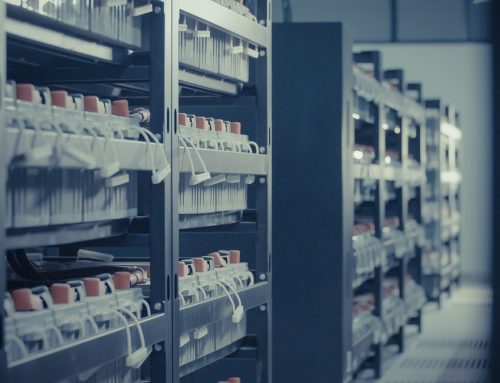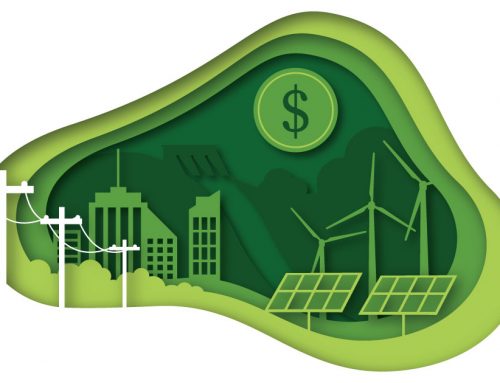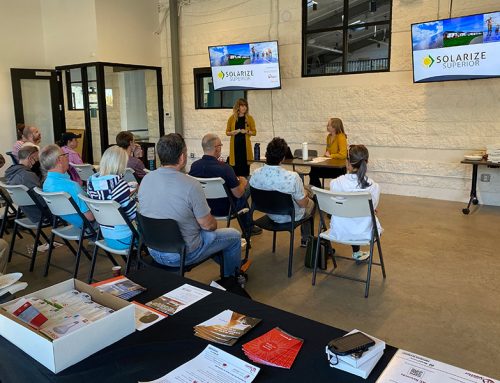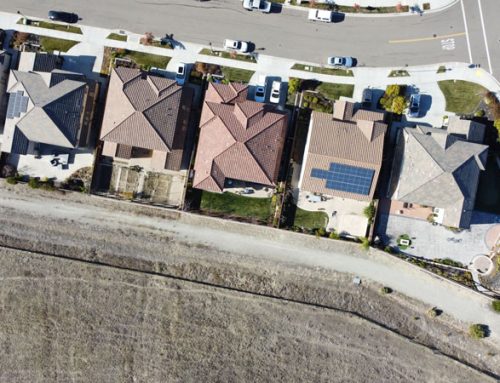The theme of the 2022 American Solar Energy Society (ASES) annual conference was “Energy Transition with Economic Justice”. Three poets and a philosopher helped kick-off the opening reception; Beata Tsosie, Hakim Bellamy, and Jimmy Santiago Baca welcomed the assembly to their homeland, Albuquerque, New Mexico and interrogated the premise of equitable conversations in a majority white, privileged audience. Poet Baca did not let the imbalance in people of color present nor the intellectual nature of the conference slide in his opening remarks. Baca’s frankness was not unfounded and added a valuable resonance to the potentially privileged, idealistic tone of the gathering. The poet’s frank address was followed by a grim accounting of climate distress from linguist and philosopher, Noam Chomsky, creating an interesting mixture of urgency and the reality of how incremental an equitable energy transition is. It left me with the quandary of how well we can learn from the past and each other to expedite an equitable energy transition.
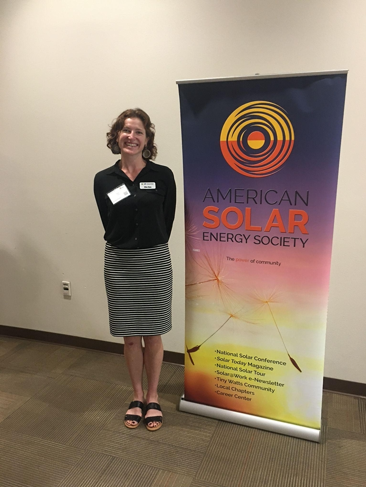
Ellen Ross, Solar Forward Program Manager
The gathering was held at the University of New Mexico in Albuquerque in conjunction with the New Mexico Solar Energy Association’s 50th anniversary. This beautiful southwestern city is located on the Rio Grande River between the Sandia Mountains and the West Mesa. Present day New Mexico is on the ancestral lands of the Pueblo, Apache, and Navajo people. Albuquerque is on the traditional homelands of the Pueblo of Sandia, one of 23 federally recognized tribes in the state. The ASES conference hosted architects and speakers who have built on passive solar designs originally engineered by the first peoples in the southwest. New Mexico, like other western states along the same latitude, boasts a great natural, solar resource. It may be the one natural resource, unlike land and water, which humans can easily share, as it is inexhaustible and ubiquitous.
ASES is a research and outreach focused renewable energy society, hence many of the sessions were around innovative research, policy solutions, and financial models for creating access to solar energy. Several presenters shared their grassroots initiatives and models for expanding solar access, like the Solar Commons (www.solarcommons.org), a community solar garden owned, not partially-owned or leased, but owned by a community. Equitable Solar Solutions (ESS) repurposes discarded solar panels for low-income households. JoAnn Armenta, founder of Purpose Focused Alternative Learning (www.purposefocused.org) won the 2022 ASES Women in Solar Energy (WISE) Award for her amazing work to create experiential learning programs for a renewable energy transition. I am sure many minds were humming as they listened to the novel ways these innovators are pushing the boundaries of who can generate electricity and what distributed energy resources can mean to under-resourced communities.
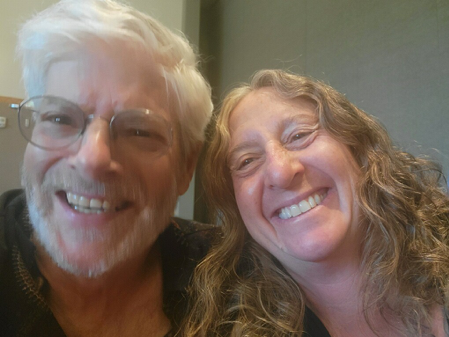
SEI co-founder Johnny Weiss and Marlene Brown met while scuba diving in Jamaica. Marlene went on to take a class from Johnny in solar, and began her solar journey!
The SEI contingent consisted of myself, the Solar Forward Program Manager, and two SEI board members, Jill Cliburn of Cliburn & Associates, and Johnny Weiss, co-founder of SEI. However, alumni and associates were plentiful, including the founder of ESS, Rich Stromberg, WeShare Solar’s Hal Aaronson (www.wesharesolar.org), and Steve Baer, a pioneer of solar trackers and someone SEI admires as a solar innovator. Marlene Brown has taught with the SEI textbook and led a Women’s Hands-On PV Workshop for the conference. Whenever folks read my SEI nametag, they were quick to share their respect and fondness for the organization, and of course, stories of how they were introduced to SEI. My favorite story was probably from Marlene, who said she met Johnny Weiss while scuba diving in Jamaica, and thus began her solar journey. The breadth of experience at the conference and the many ways that SEI has been involved in bringing solar technical expertise to a wider audience led me to understand how instrumental SEI’s training has been in the energy transition so far.
Hopeful rhetoric and empowered grassroots solutions to energy inequities may or may not expedite the top-down policy solutions necessary to maintain a livable, diverse home, but there are certainly generous minds at work on creating the data and expanding solar’s potential to mitigate and adapt to a changing climate.
Please email Ellen at ellen@solarenergy.org for more information about Solar Forward from SEI.
[2] The University of New Mexico has an official “Indigenous Peoples Land and Territory Acknowledgement” you can read: https://diverse.unm.edu/assets/docs/white-paper-indigenous-people-land-acknowledgement.pdf
[3] Map of U.S. solar irradiance – https://www.nrel.gov/gis/assets/images/solar-annual-ghi-2018-usa-scale-01.jpg
[4] ESS has a diagnostic process for assessing the utility of gently used panels and categorizes them based on the useful life and efficiency left in the panels. This is a robust process to ensure that low-income households receive quality products. https://www.linkedin.com/company/equitable-solar-solutions/
[5] Today, Marlene manages a company, Prep 4 Resilience that advises on disaster preparedness and relief. Solar, as a distributed power source, provides climate adaptation and resilience.

